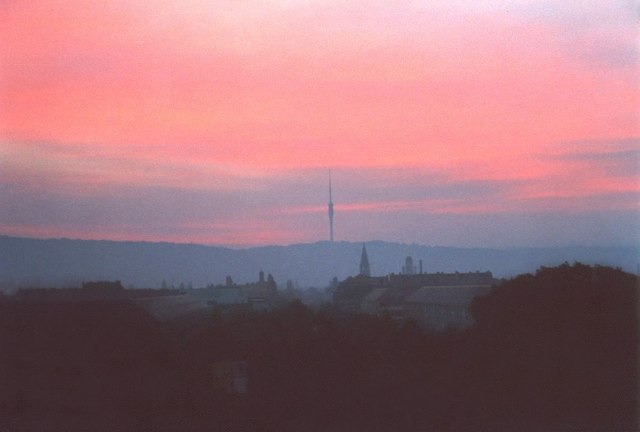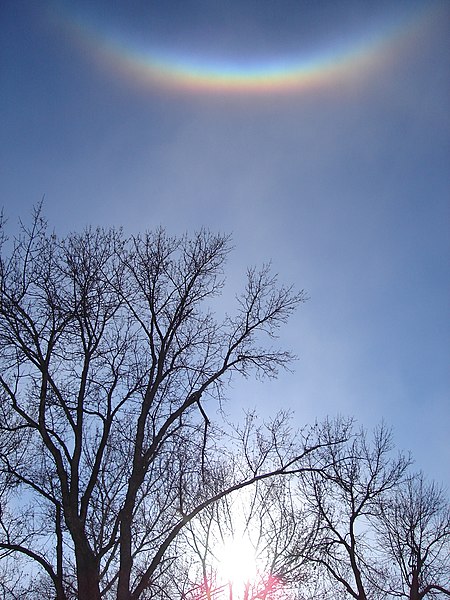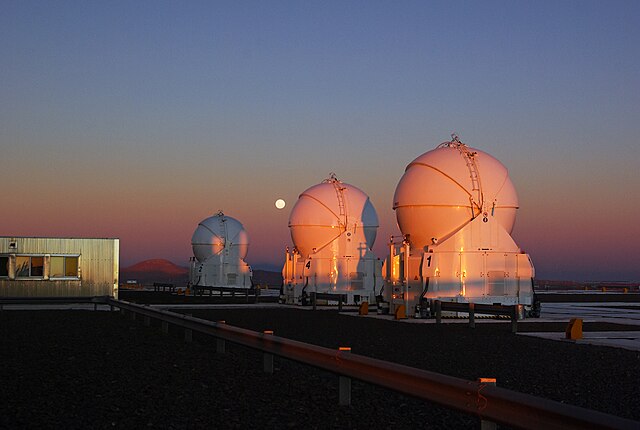An afterglow in meteorology consists of several atmospheric optical phenomena, with a general definition as a broad arch of whitish or pinkish sunlight in the twilight sky, consisting of the bright segment and the purple light. Purple light mainly occurs when the Sun is 2–6° below the horizon, from civil to nautical twilight, while the bright segment lasts until the end of the nautical twilight. Afterglow is often in cases of volcanic eruptions discussed, while its purple light is discussed as a different particular volcanic purple light. Specifically in volcanic occurrences it is light scattered by fine particulates, like dust, suspended in the atmosphere. In the case of alpenglow, which is similar to the Belt of Venus, afterglow is used in general for the golden-red glowing light from the sunset and sunrise reflected in the sky, and in particularly for its last stage, when the purple light is reflected. The opposite of an afterglow is a foreglow, which occurs before sunrise.

Afterglow with its bright segment and purple light above, interrupted by crepuscular rays
Purple light with crepuscular shadow
Sunset in Hong Kong after the 1991 eruption of Mount Pinatubo
An afterglow in Dresden, Saxony, Germany
Optical phenomena are any observable events that result from the interaction of light and matter.
A 22° halo around the Moon in Atherton, California
A solar halo as seen from 41° south latitude
A circumzenithal arc over Grand Forks, North Dakota
The Belt of Venus over Paranal Observatory atop Cerro Paranal in the Atacama Desert, northern Chile








